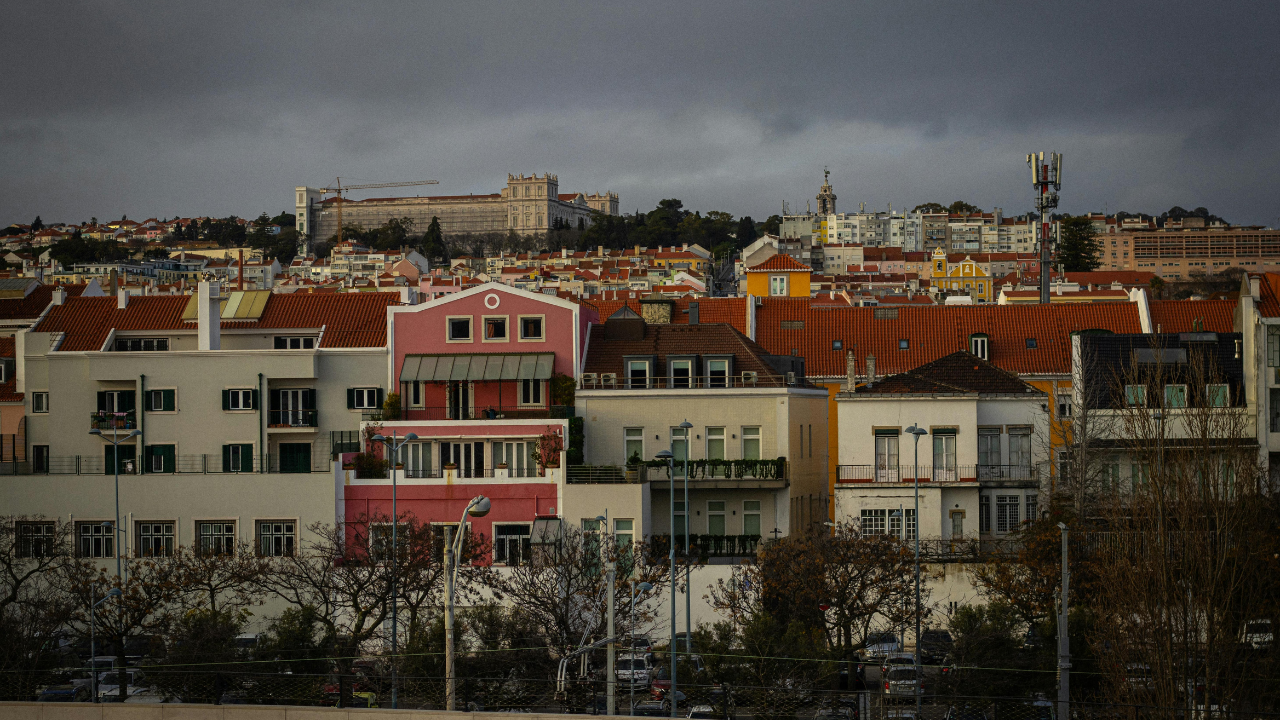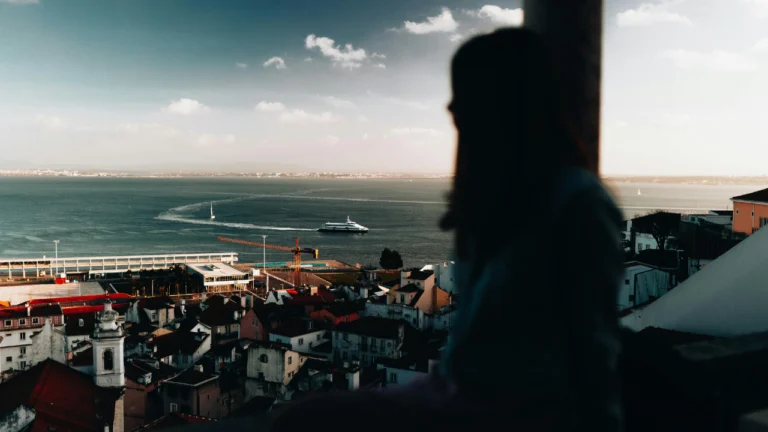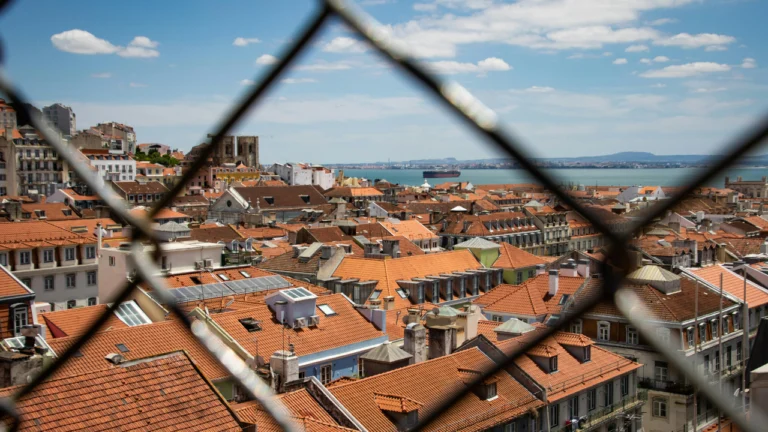Lisbon Neighborhoods Why I Never Left After 3 Days
Last updated on August 25, 2025 at 02:09:07
Alright, cards on the table. I used to be the worst kind of tourist. The type who’d actually laminate maps. Who’d screenshot opening hours. Who once and I’m properly ashamed of this wore a money belt in Barcelona. Moreover, my wife Sarah still brings that up when she wants to win an argument. By the time I landed in the maze of Lisbon neighborhoods, I was still armed with highlighters and color coded itineraries like I was preparing for an exam.
So when I rocked up to Lisbon in September 2017, I had my usual military operation planned. Day one: Belém, tick off monuments, eat those tart things. Day two: Tram 28, castle, fado show with overpriced wine. Day three: panic-buy cork products, leave. Standard stuff.
Except on day two, somewhere in Alfama’s maze of alleys that all look identical but somehow aren’t, my phone died. And I mean properly died, not just needs-a-charge died. Black screen of death died. Meanwhile, there I stood, sweating like I’d run a marathon, holding a useless tourist map that might as well have been hieroglyphics, when this tiny Portuguese grandmother in slippers that had seen better days stops, looks at me, and just starts cackling.
Not laughing. Cackling. Like I represented the funniest thing she’d seen all week. She says something in Portuguese, pats my sweaty arm with her tiny hand, and shuffles off. Still cackling. Subsequently, a teenager nearby took pity on me and translated: “She said you’re finally ready to meet Lisbon.”
The mad old bat had it absolutely right.
Which Lisbon Neighborhood Matches Your Personality?
Answer the questions to discover your ideal bairro!
1. How do you like to spend your mornings?
2. What is your ideal afternoon?
3. How would your friends describe you?
4. What’s your approach to challenges?
Rethink Lisbon Neighborhoods
Here’s what nobody tells you about Lisbon because it sounds mental: it’s not actually a city. Instead, it’s a bunch of villages that happen to be stuck together, built on hills that make no sense, connected by trams that run on hope and occasionally electricity.
Each neighborhood—bairro if you want to sound like you know what you’re talking about—basically functions as its own country. Alfama is all twisty medieval streets where widows in black watch everything from their windows. Meanwhile, Príncipe Real tries so hard to be Paris it’s almost embarrassing. Bairro Alto hides restaurants in what look like people’s living rooms. And Mouraria? Mouraria doesn’t give a toss what you think—it’s busy being Bengali and Cape Verdean and Portuguese all at once.
In only fifteen minutes, you may go from hipsters sipping oat milk cortados to elderly guys playing cards on crates. Then you’ll find African ladies selling the best fish I’ve ever tasted, followed by tourists getting spectacularly ripped off for sangria. It’s mental and it’s brilliant.
The hills save it all from becoming another boring European city. Furthermore, they’re too steep for chains, too narrow for coaches, too complicated for anyone who isn’t slightly obsessed or slightly insane. My neighbor António—who’s lived here since before time began—swears at the stairs every single morning but would probably stab anyone who suggested making them easier.
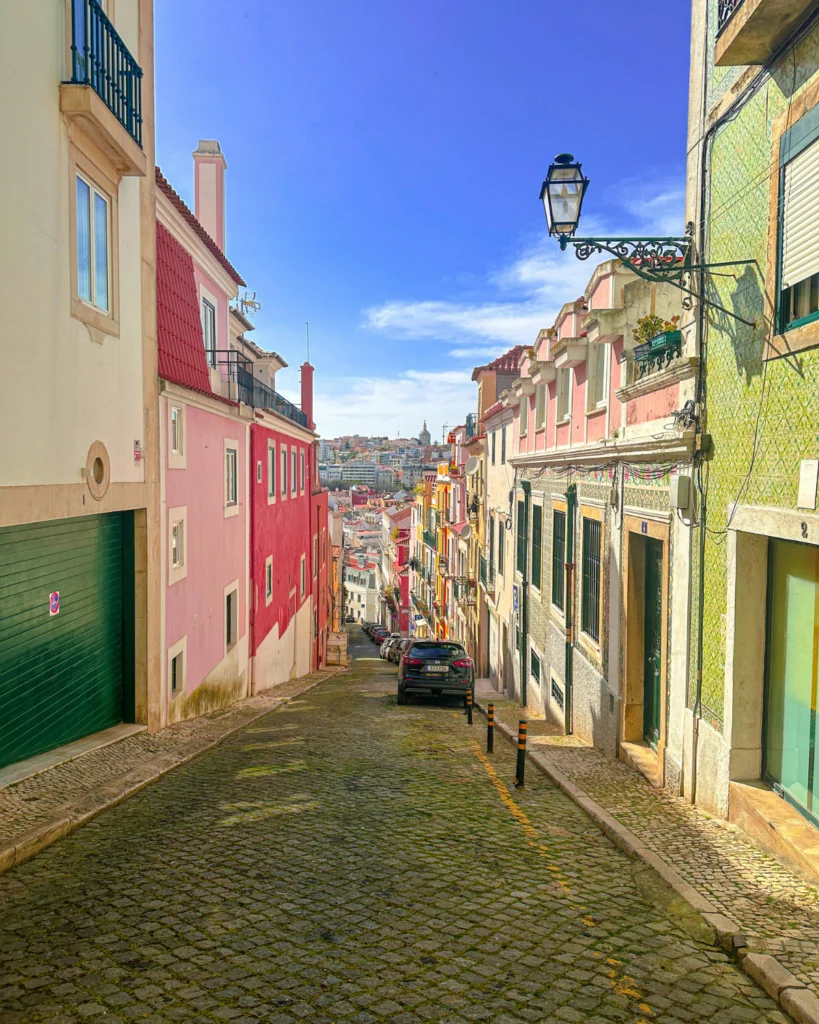
Lisbon Neighborhoods Meditation With Stairs
I thought I was fit. However, I wasn’t fit. I was Brighton fit, which means I could walk along a flat seafront and call it exercise. Consequently, Lisbon laughed at my Brighton fitness. The walk from Rossio to Bairro Alto isn’t a walk—it’s a vertical climb pretending to be a street. As a result, my calves didn’t speak to me for a week.
But then something weird happens. You start needing it. Craving it, even. The burn in your legs becomes addictive. Similarly, the view from the top becomes necessary. Back in Brighton now, everything feels wrong. Too flat. Too easy. “Where’s the challenge?” I ask Sarah. “That’s the point,” she says. “People move to Brighton because it’s flat.” Nevertheless, she doesn’t understand that earning your views makes them better.
Additionally, your brain does this thing where it just… shuts up. You can’t worry about Brexit or bills when you’re trying to remember if this is the alley with the mental dog or the one that dead-ends at someone’s front door. Instead, you’re just completely present, navigating by smell (bakery good, bins bad) and sound (fado music means tourists, kids playing means locals).
The Day You Stop Being a Tourist in Lisbon Neighborhoods
It happens without you noticing. One day you’re pointing at pastries like a confused mime. However, six months later, João has your coffee ready when he sees you at the corner. Meanwhile, the fruit lady saves you the good peaches without asking. Furthermore, the lottery seller stops switching to English.
You develop your own routes. The efficient route (boring). The scenic route (for visitors). The morning route (includes good bakery). Additionally, there’s the afternoon route (avoids the tour groups). And finally, the slightly drunk route (fewer stairs, more handrails).
Your kids—if you’re daft enough to drag them into this—go native immediately. Mine navigate by cats and smells now. “Turn at Angry Cat, Dad. No, the other angry cat. The one with three legs.” Moreover, they count steps obsessively. Lena has named every dog in Alfama. Meanwhile, Theo thinks all cities require climbing equipment to navigate.
The locals adopt you, sort of. Not as one of them—you’ll never be one of them—but as their personal foreign weirdo. Therefore, the grandmothers know your business. Similarly, the coffee guys know your schedule. Even the pharmacist asks about your mother’s health even though she’s never met her and never will.
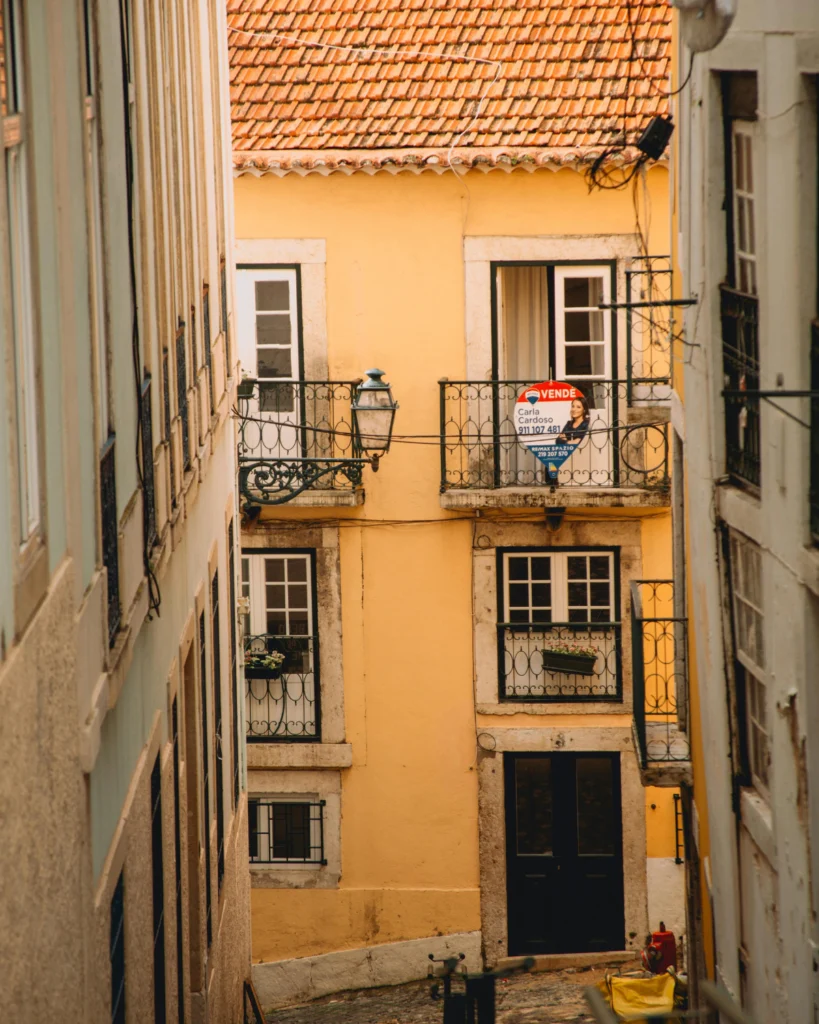
Just Bloody Do It
Look, I can’t promise Lisbon will change your life. That’s Instagram nonsense. However, I can promise it’ll ruin you for normal tourism. Consequently, you’ll never be able to do the checklist thing again. Instead, you’ll always be looking for the tiny coffees, the hidden stairs, the angry cats, the cackling grandmothers.
So tomorrow yes, tomorrow pick a neighborhood. Get lost. Properly lost. Phone-away lost. Can’t-find-your-hotel lost. Then keep walking until you find something weird. Sit there. Watch it. Don’t photograph it. Just watch it.
That grandmother had it right, even if she was taking the piss. You’re not ready for Lisbon until you’re completely, helplessly lost in it. Seven years later, I’m still lost. Furthermore, I’m still sweating up these ridiculous hills. Additionally, I keep discovering alleys that shouldn’t exist. Plus, I’m still drinking coffee that costs less than water in London.
Therefore, come get lost. Fair warning though: you might end up with a wonky flat in Alfama and kids who think stairs are a personality trait. But honestly, worse things have happened to better people.
FAQs About Lisbon neighborhoods
FAQ 1: Which Lisbon neighborhoods should I explore first?
Start with Alfama for medieval maze vibes, then Bairro Alto for hidden restaurants, and Mouraria for multicultural chaos. One neighborhood per day don’t rush it.
FAQ 2: How fit do I need to be to walk Lisbon neighborhoods?
The hills are brutal think vertical streets pretending to be horizontal. But if 80-year-old Portuguese grandmothers can do it, you’ll survive. You’ll be addicted within two weeks.
FAQ 3: Can I explore Lisbon neighborhoods with kids?
Yes, but they’ll go native fast navigating by cats and counting steps obsessively. Locals will adopt them, feed them pastries, and they’ll think midnight is normal bedtime.

